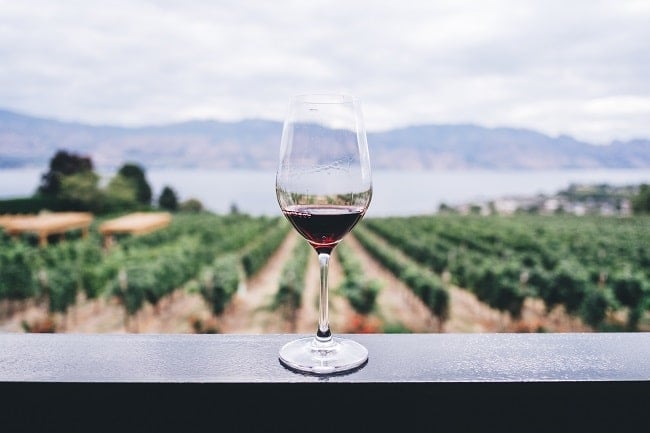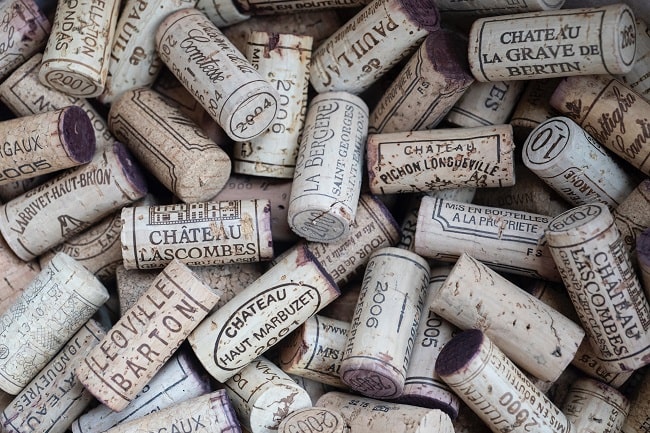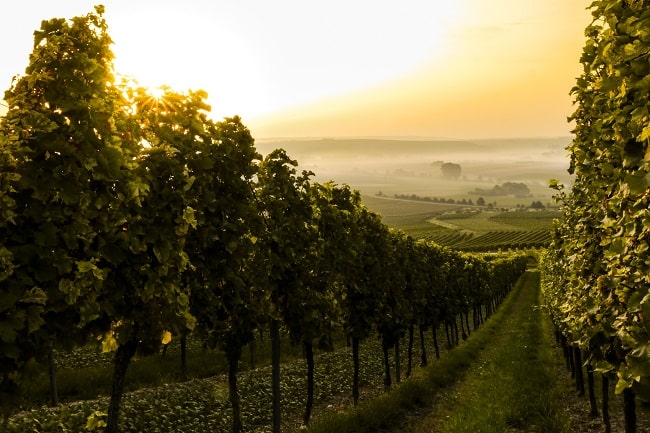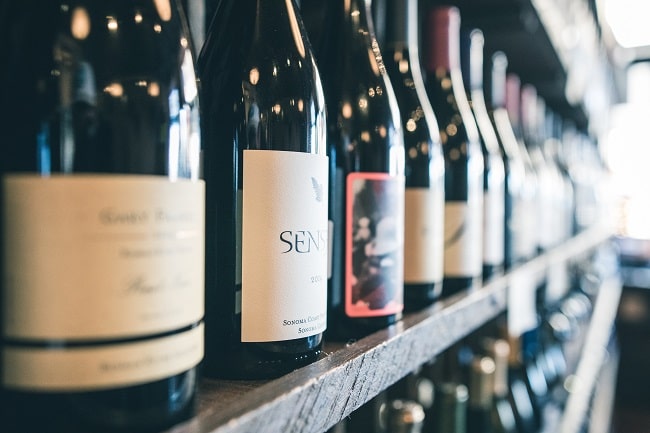1
HOME > Food & Drink >
A WINE DRINKER’S GUIDE TO GRAPES AND GEOGRAPHY
HOW TO SPOT A POTENTIAL GREAT WINE STRAIGHT FROM THE LABEL
Written by Menswear Style in Food & Drink on the 24th April 2019

Wine has been around for thousands of years, but how much we understand about it is still very much up for debate. The reasons why certain bottles are picked may vary from personal taste - everyone has favourite grapes, aromas or flavours - through circumstances such as occasions and food pairing, up until the widest topic of all: the story behind. "Storytelling around wine is pretty much endless," says Claudio Deidda, founder of the fine wine online boutique The Beauty & The Taste. "That is, at the same time, the most exciting as well as the most off-putting feature of wine. When choosing a bottle, there might be a lot of information to digest. It does happen quite often then that people without an extensive wine knowledge end up going for what they already know instead of diving in and exploring".
Storytelling can spread from the history of a producer and their vineyards, through the winemaking techniques adopted and across the way climate affects vintages differently. But the geography of wine regions can be a good starting point to decode the label on a bottle. "A little bit of geography is a good way to approach any wine shelf: geography impacts climate and, subsequently, the grapes. Because of this, each region has a signature grape that is worth knowing", explains Claudio. In high-end wines, a common distinction is made between wines from European regions, grouped together under a classification called 'Old World' due to the early development of viticulture in the area. As opposite, 'New World' includes the area where grapes started being cultivated relatively late: a trend that started not before the Age of Exploration around the 16th century.

France
The distinction is quite interesting especially when comparing wines from the same grapes and observing how winemaking techniques, and more importantly climate, might change significantly the character of the wine. France is perhaps the most famous wine country in the world, with two regions proudly leading the rankings world-wide in terms of quality and popularity. Bordeaux is particularly famous for its red blends made from Merlot and Cabernet Sauvignon. Pomerol, Saint-Emilion and Margaux are among the most renown sub-regions to remember. Typically, the wines are medium to full-bodied, which means they deliver a big and powerful sensation when tasted. Burgundy produces perhaps the highest quality Pinot Noir in the world, particularly the ones from the Côte de Nuits area. But the region is also delivering some of the most delicious Chardonnays, with white wines from Chablis being the gems to look out for. The region is very 'terroir-oriented', meaning that every different vineyard has specific features coming from the soil, climate and winemaking that impact the wine significantly and result in a high degree of variation between each producer. Generally, though, wines from Burgundy are renown to highlight elegance and complexity. Similarly, Chateauneuf du Pape wine also holds a reputation for highlighting these same qualities.

Italy
Moving south, Italy has in Tuscany and Piedmont their fine giants. Tuscany's signature grape is Sangiovese, which you can find in high-end wines such as Brunello di Montalcino, as well as a base for Chianti. Piedmont is becoming more and more popular in the fine wine scene, with Nebbiolo - which is grown almost exclusively in the Northern Italian region - being the grape for famous bottles bringing names such as Barolo and Barbaresco on their label. Spain's red grape signature is Tempranillo, which is very popular in the region of Rioja but also in Ribera del Duero. Rueda is a gem for white wines instead, with Verdejo being the undisputed signature grape from the area. The variety of vineyards in the country results in a large assortment of wines: northern vineyards produce crisp white wines, while warmer, inland regions turn out mid-bodied, fruity reds. Meanwhile, the Mediterranean regions produce powerful, heavy reds.
Australia
Outside Europe, Australia has made Shiraz actually a national treasure: medium to full-bodied, depending on the climate being cooler or warmer respectively. However, regions such as Margaret River distinguish themselves for high quality white wines made from Sauvignon Blanc, Semillon and Chardonnay. Also, some excellent Burgundy style Pinot Noir are produced in the Geelong region and display a more complex profile.

New Zealand
New Zealand is perhaps the youngest wine region in the world, but some producers have been able to put themselves and their regions on the map: Marlborough for its Sauvignon Blanc and Otago for Pinot Noir are certainly names and combinations to keep in mind.
Argentina
Argentina is the country to pick if you like Malbec - a wine bringing aromas of blackberry, cherry, plums, and chocolate - with the region of Mendoza being possibly the most famous and renown area and producing not only excellent reds, but also some very high-quality Chardonnays.
California
Moving up north, in California there are grown over one hundred different grape varieties. However, it would be worth remembering Syrah wines from Sonoma, Chardonnays from Santa Barbara and Cabernet Sauvignon from Napa Valley. Wines from California favour a more 'New World' style. These New World wines typically have higher alcohol content than those from the 'Old world', more acidic and fruitier.

Wine is fun and so is exploration, so don't feel obliged to religiously stick to this or any list. However, if you already have your preferences and you feel like exploring a wine region you haven't tried before, knowing where winemakers have been able to excel and master specific grapes is a good place to start.
Trending
2
3
4
5
6
7
8
9
10









